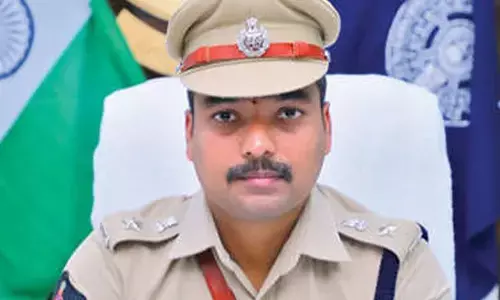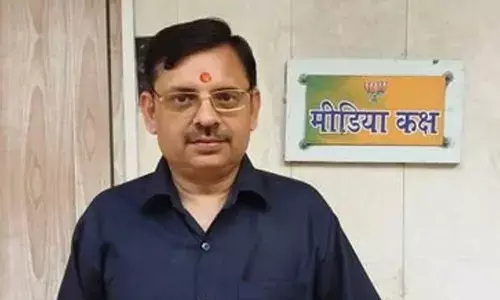The skills of problem solving

Ideal employees can think critically and creatively, share thoughts and opinions, use good judgment, and make decisions. The activities in this section focus on learning how to solve problems in a variety of ways in the workplace.
Problem solving and critical thinking refers to the ability to use knowledge, available facts, and possible data to effectively solve problems. Employers are always looking for employees who can work through problems on their own or as an effective member of a team. Ideal employees can think critically and creatively, share thoughts and opinions, use good judgment, and make decisions. The activities in this section focus on learning how to solve problems in a variety of ways in the workplace.
Separate idea generation from evaluation
Effective problem solvers have learned to separate these two activities. Firstly ideas have to be generated and then evaluated. This is the most important principle of creative thinking. The reason is simple- creative problem solving requires both divergent and convergent thinking.
Create new perspectives
There can be no creative product without a creative perspective. To produce something new we must see something new. What we see may be some previously overlooked element of a problem or a solution arrived at by combining two previously different problem elements or ideas.
A gap between the real and the ideal
It defines a problem as a gap between a current and a desired state of affairs. It means that there is a gap between where you are and where you would like to be. If you are unaware of your competitive position, or there is nothing you can do about it, then perhaps you don’t have a problem.
Overcome negative thoughts
Unless you are an exceptional person, you are a natural critic. From an early age we have learned to analyse and criticise anything new. As adults being critical is our second nature. To break out of the web of negative thinking, try to develop more balanced responses to new ideas.
Test assumptions
It is probably the second most important principle of creative thinking as it is the basis for all creative perceptions. We see only what we think we see. We make assumptions about reality. The same principle holds true when using idea generation activities.
Searching for solutions
Patience is important as is the need to capitalise on chance events. A trained knowledgeable mind is required to recognise when combinations of events or elements suggest something new. But we need a way to search systematically for solutions. When faced with a problem, the important thing is to be patient and composed. Study the problem calmly and break it up in parts to understand the point of generation point. You need to understand the source of the problem. In this way, you will find an instant solution to the problem. There may be times when you will need to dig deeper by assuming and taking risks, tackling the challenges in your search for a solution.
Take prudent risks
You cannot be a creative thinker unless you are a failure. No one ever truly succeeds without failing first. Many people fear risks because risks can lead to failure and nobody wants to be branded as a failure. But because we can’t survive without new ideas, we must constantly take such risks.
Problems as goals
Anything that is difficult to overcome poses a problem. Most challenging situations present more than one goal to achieve. Instead, such a situation involves a series of processes to apply and
evaluate.
Avoid patterned thinking
We all have certain set patterns of behaviour and thinking, which impede our creative thinking. The very thought of doing something different can be terrifying. Yet, creative thinking frequently requires us to do just that. The most important thing is to increase our awareness of how everyone is a victim of patterned thinking.
Tackling the challenge
Most problems also involve some uncertainty and present a challenge. The type of problem you face will determine how to resolve it. There are and always will be routine procedures designed to tackle the majority of problems. The secret is to know when you need to be creative and when to fall back on routine procedures.














